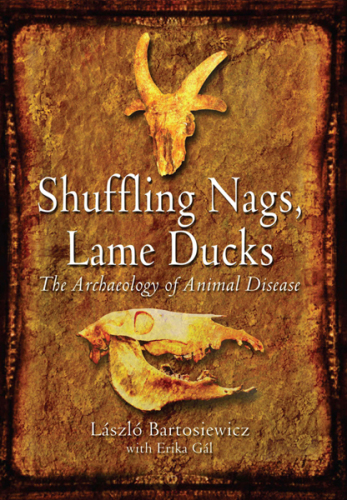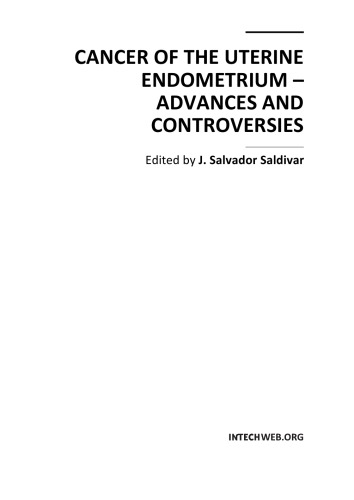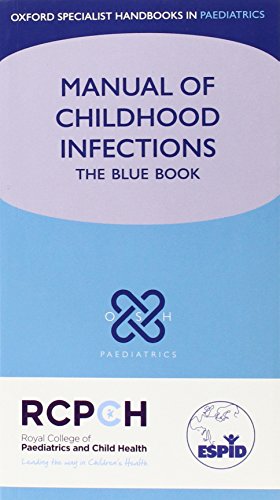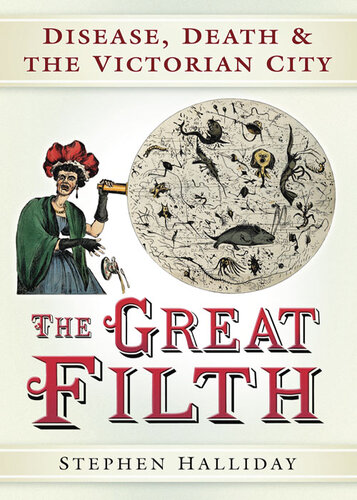نق زدن ها، اردک های لنگ: باستان شناسی آسیب شناسی حیوانات ۲۰۱۳
Shuffling Nags, Lame Ducks: The Archaeology of Animal Disease 2013
دانلود کتاب نق زدن ها، اردک های لنگ: باستان شناسی آسیب شناسی حیوانات ۲۰۱۳ (Shuffling Nags, Lame Ducks: The Archaeology of Animal Disease 2013) با لینک مستقیم و فرمت pdf (پی دی اف)
| نویسنده |
Erika Gal, László Bartosiewicz |
|---|
| تعداد صفحهها |
264 |
|---|---|
| نوع فایل |
epub |
| حجم |
47 Mb |
| سال انتشار |
2013 |
89,000 تومان
معرفی کتاب نق زدن ها، اردک های لنگ: باستان شناسی آسیب شناسی حیوانات ۲۰۱۳
تجزیه و تحلیل مجموعه های استخوان های حیوانات از سایت های باستان شناسی داده های بسیار ارزشمندی را در رابطه با شیوه های اقتصادی و دامپروری در گذشته و همچنین بینش هایی درباره فعالیت های فرهنگی، نمادین یا آیینی ارائه می دهد. زئونوپاتولوژیست ها می توانند بیماری ها را در مجموعه های باستان شناسی شناسایی کنند، اما علاقه کمی به بررسی و درک جنبه های فرهنگی بیماری های شناسایی شده ابراز شده است. این مجموعه ها نشان دهنده اثرات تجمعی نگرش ها، تصمیم گیری ها و تأثیرات انسانی در مورد حفاظت، مراقبت، درمان، بی توجهی و بهره کشی از حیوانات است که منجر به طیفی از شرایط، بیماری ها و آسیب های غیرواگیر می شود که می توان آنها را بر روی مواد اسکلتی باستانی شناسایی کرد. علاوه بر این، از زمان اهلی شدن تعداد انگشت شماری از گونه های جانوری در حدود 10000 سال پیش، نزدیکی فیزیکی نزدیک منبع متقابل بیماری های عفونی و آسیب های تروماتیک برای انسان ها و حیوانات بوده است. اردک های لنگ راهنمای ارزشمندی برای بررسی تروما و بیماری در جمعیت های باستان شناسی ارائه می کنند. این یک رویکرد سیستماتیک روشن ارائه می دهد و طیف گسترده ای از ضایعات قابل شناسایی، عفونت ها، بیماری ها، اختلالات ارثی، و سایر تغییرات و ناهنجاری های پاتولوژیک را توصیف و توضیح می دهد. در انجام این کار، تأثیر تصمیمات «انسان ساخته» بر حیوانات، از جمله جنبه های خاصی از فرهنگ که ممکن است در درمان حیوانات بیمار یا آسیب دیده منعکس شود و اغلب شامل نقش های نمادین یا مذهبی قوی است را بررسی می کند، و به دنبال پیشبرد درک رابطه انسان با انسان حیوان در گذشته فصول عبارتند از: تاریخچه مطالعه بقایای پاتولوژیک حیوانی تفاوت بین آسیب شناسی انسان و حیوان روش شناسی رشد، تکامل و پیری ضایعات تروماتیک بیماری های التهابی و استخوانی ضایعات پاتولوژیک در حیوانات کار بیماری های مرتبط با محیط زیست















